Reclaiming Gender Expression Through Tattoos
For a lot of people, gender isn’t just an identity—it’s a history of being misunderstood, mislabeled, or erased. Tattooing won’t solve that, but it can offer something powerful: a chance to mark your body on your own terms. Whether you’re affirming, rejecting, reclaiming, or reshaping your gender expression, tattoos can make space for that truth in a way the world can’t take back.
🧷 1. You Don’t Have to Explain Your Identity
I don’t need your label. You don’t have to justify your choice. If a piece feels gender-affirming to you, that’s enough. Some folks get traditionally “feminine” imagery after top surgery. Others want bold, armored designs that reject softness altogether. There’s no wrong way to use your skin.
💬 2. You Can Say What You Want—Or Don’t
Some clients come in with gender expression as the driving force behind the design. Others don’t mention it until we’re deep in the process. Either way is valid. You don’t have to center your identity to have it honored. You’re allowed to want beauty. You’re allowed to want meaning. You’re allowed to just want cool shit that makes you feel right.
🎯 3. Placement Can Be Part of the Process
Tattooing areas tied to dysphoria, surgery, or gendered expectations can feel vulnerable—but it can also feel empowering. I’ll work with you to find placement that feels safe, affirming, or symbolically important. I’ll always ask before touching. I’ll narrate only if you want. You get to set the pace.
🖋️ 4. Your Body Is Yours to Mark
Maybe you were told how to look. Maybe you were punished for how you showed up. Maybe your body has always felt like a negotiation. Tattoos can offer a rare thing: agency. Choice. A permanent record of something that wasn’t handed to you—you claimed it.
Tattooing can’t undo a lifetime of erasure, but it can carve out space that’s yours. Loud or quiet. Tender or defiant. Whatever it looks like, it counts.
